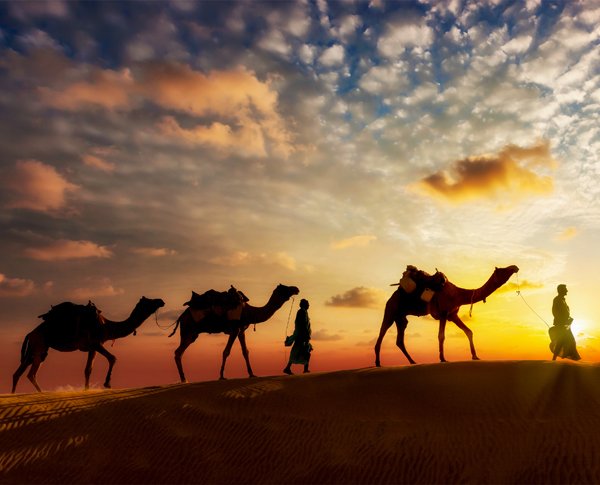MUSCAT: Omani camels have long been selectively bred to withstand the extreme conditions of the Arabian Peninsula, where temperatures soar and water is scarce. This process has taken generations, with breeders focusing on traits such as stamina, resistance to heat stress, and the ability to travel long distances without water. These camels are not just livestock but symbols of heritage and resilience in Oman’s desert culture. Their capacity to endure journeys of up to 50 kilometers a day without drinking reflects centuries of adaptation and careful management by local tribes who depend on them for transportation, trade, and survival in remote regions.
In addition to their physical endurance, Omani camels possess unique metabolic adaptations that allow them to conserve water and regulate body temperature efficiently. Their blood cells are specially shaped to survive dehydration, and their thick coats help insulate them against both daytime heat and nighttime cold. This combination of physiological traits enables them to thrive where other animals would quickly succumb to environmental stress. Such adaptations are not only remarkable in a biological sense but also serve as an enduring example of how humans and animals can evolve together to survive in harsh ecosystems.
Culturally, camels hold a revered place in Oman, where they are celebrated in festivals, races, and national events. Camel racing, in particular, has become a prestigious sport, showcasing the finest breeds and attracting international attention. These events are more than entertainment; they are a testament to the skill of breeders and the endurance of the animals themselves. Winning camels can command high prices, and their bloodlines are carefully documented to ensure the continuation of superior traits. This tradition reinforces the camel’s role as a living link to Oman’s Bedouin past and its ongoing commitment to preserving heritage.
Modernization has not diminished the significance of Omani camels. With the rise of tourism, these animals have become a distinctive feature of eco-tours and cultural experiences for visitors seeking authenticity. Breeding programs supported by the government and private owners ensure genetic diversity and maintain high standards of care. As Oman balances development with cultural preservation, camels continue to serve as a symbol of endurance, adaptability, and identity, embodying the spirit of a nation that has flourished in one of the world’s most challenging environments.



